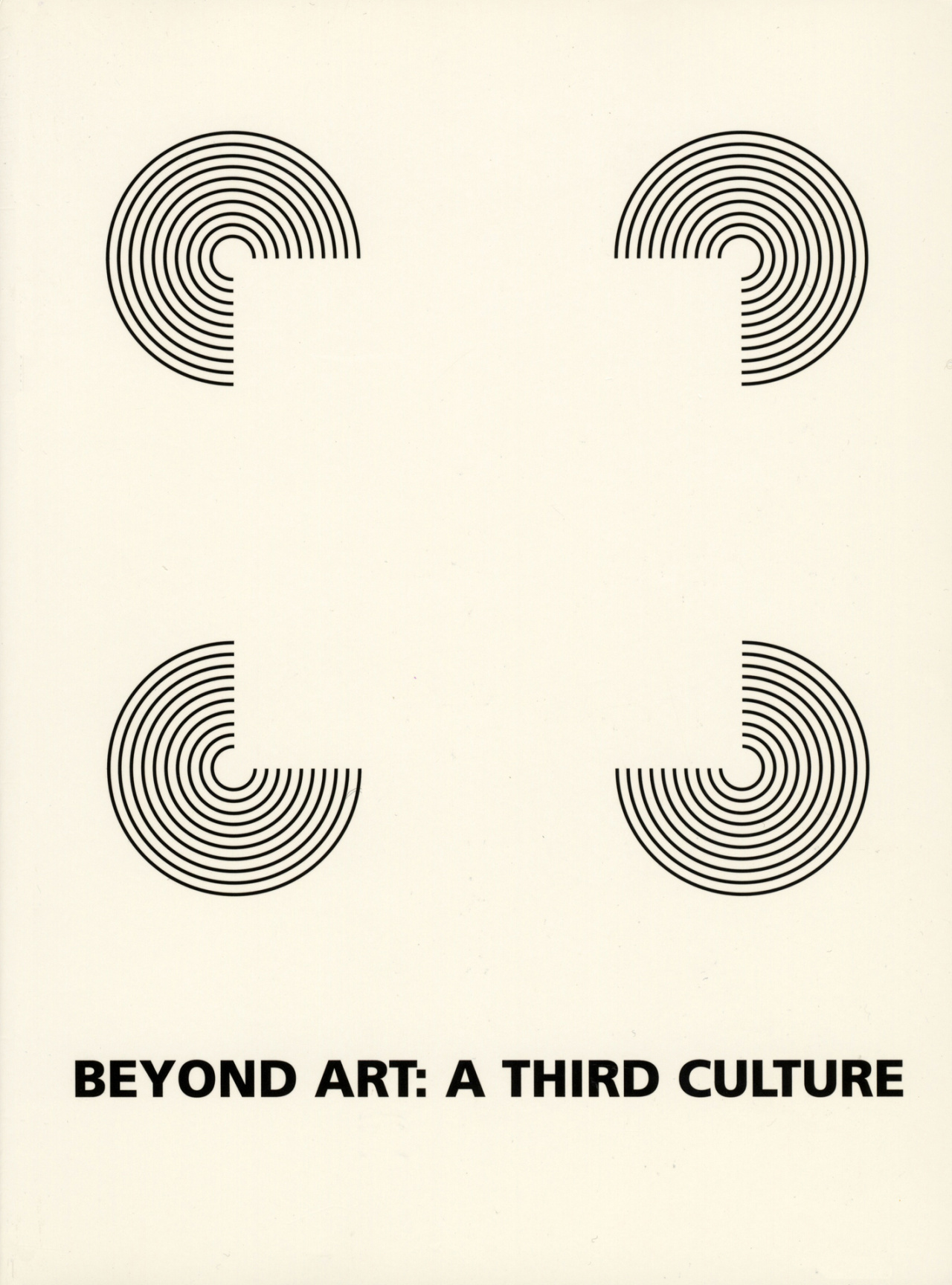- Anthology
Beyond Art. A Third Culture
A Comparative Study in Culture, Art and Science in 20th Century Austria and Hungary
Peter Weibel (Ed.)
2005
- Type of publication
- Anthology
- Author / Editor
- Peter Weibel (Ed.)
- Publishing house, place
- Springer, Wien
- Physical Description
- 616 p.
- Language
- English
- Year
- 2005
- ISBN
- 3-211-24562-6
- Content
- Twentieth-century Austria and Hungary were two nations that made enormous contributions to the sciences and arts: architecture, design, logic, mathematics, physics, positivism, Marxism, sociology, psychoanalysis, optics, biology, cybernetics, economics, medicine, media, body and concept art. Art and science are usually divided into two different cultures, and nations, too, are seen as having separate cultures. This book is a comparative study of the two cultures of art and science and of two nations, as well. It provides a new model of consilience that converges art and science into a third culture by closely studying the mutual influences of art and science in Austria and Hungary in a material, historical way. Numerous original papers, essays, photographs, documents, bibliographies, biographies, and surveys are published here for the first time. In fields and movements such as Gestalt psychology, system theory, quantum physics, theory of vision, theory of science, holography, cyberspace, symmetry studies, abstract art, actionism, philosophy of language, psychoanalysis, semiotics, the Vienna Circle and the Budapest Sunday Circle, constructivism, deconstructivism, game theory, computer science, analytical philosophy, we discover a multitude of ideas, directions, and personalities that have deeply influenced the world. Richly illustrated, the book is a practically invaluable sourcebook. A new method, resembling more of a CD-ROM narrative than a dictionary, has been used to map an unknown horizon of knowledge. Those involved in the history of science or art, or those in the field of cultural theory will find in this an incomparable reference book. They will discover not only genius, talents, and themes they may have not been aware of, but also a new model of culture-a third culture. The book is user-friendly in terms of graphics and structure, with a synopsis of each chapter, models, diagrams, images, corollaries, and an index.
